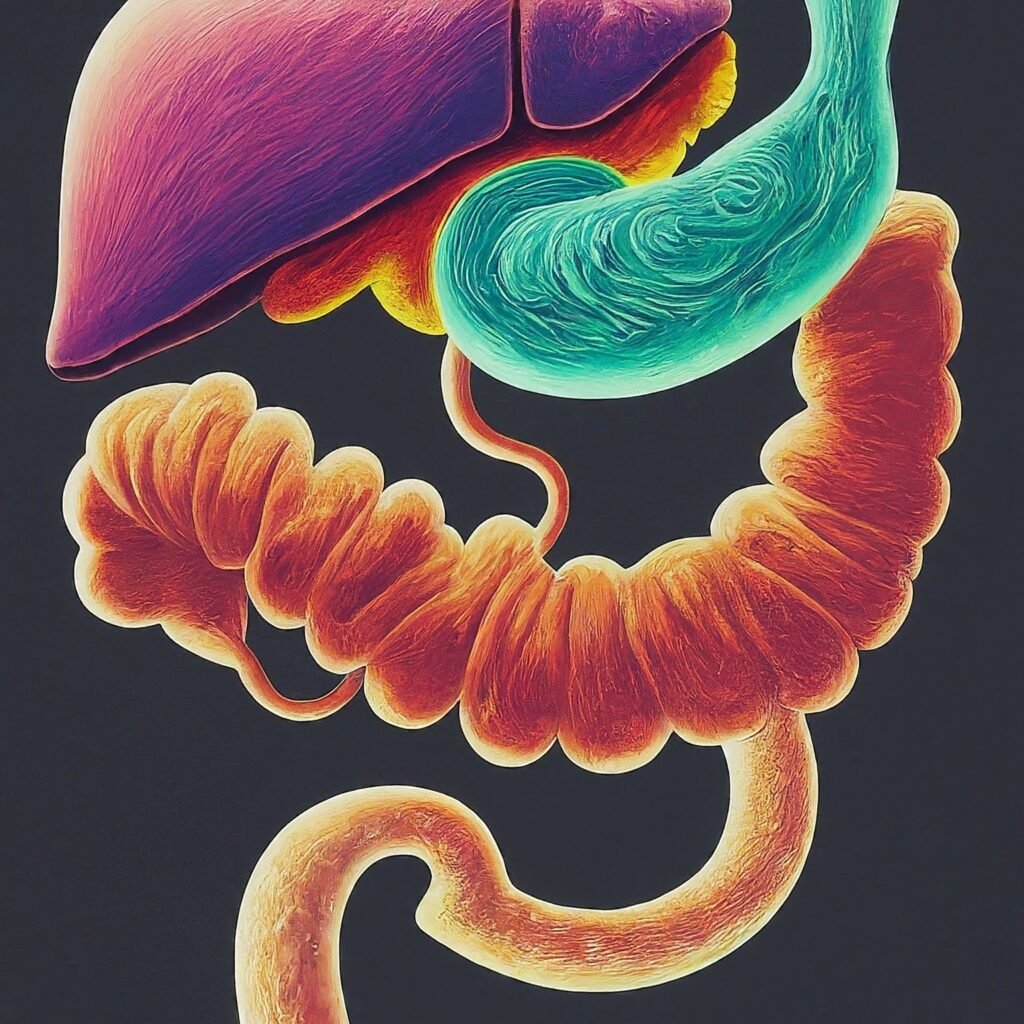Use Himalayan salt to relieve sinus infections and reduce mucus

Have you ever noticed that your hair, skin and lungs feel good after spending a day at the beach? This is because the salt in sea water and sea air has many benefits. Keep reading our article and you will see the benefits of Himalayan salt to relieve respiratory infections and reduce mucus.

In fact, in the 18th century, it was discovered that Polish salt miners had significantly better immune systems, lung health, and sinus clarity compared to their families. When these men experienced an infection or illness, their symptoms were mild and they recovered very quickly. This is because daily salt inhalation improves respiratory function and immune response.
It’s true: Ancient Ayurvedic medicine has relied on salt therapy for thousands of years. Practitioners even used Neti-type tools to irrigate their sinuses.
But you don’t have to live near the ocean to experience these benefits. All you need is a Himalayan salt inhaler.
Table of Contents
What is Himalayan salt?
As its name suggests, Himalayan salt comes from the salt mines of the Punjab region of Pakistan, about 300 km from the Himalayas.
Salt is primarily made up of sodium chloride, but it also contains up to 84 different minerals, including potassium, magnesium, and calcium, and while sodium gets a bad rap, it works to:
- Contract and relax muscles.
- Maintain proper fluid balance and prevent dehydration.
- Send impulses from the nervous system.
- Prevent low blood pressure.
Himalayan salt can be used in cooking, tub baths, body scrubs, and Himalayan salt lamps.
6 benefits of Himalayan salt.
Here’s why you should keep a Himalayan salt inhaler handy.
1. Promotes immunity.
Inhaling salt prevents bacterial infection in the respiratory tract and reverses it. It also works against fungi and other pathogens by promoting the activity of phagocytes (white blood cells) to kill pathogens.
2. Calms inflammation.
Studies have found that inhaling salts reduces edema of the bronchial mucosa to reduce inflammation. It can actually prevent (or at least decrease) the frequency of respiratory tract inflammations, including lower respiratory tract inflammation, but also acute chronic upper respiratory tract inflammations, chronic obstructive pulmonary disease, and upper respiratory tract infection. sinuses. It even works against inflammation and irritation caused by exposure to secondhand smoke, allergens, and air pollution.
3. Eliminates mucus build-up.
Eliminating or reducing mucus is one of the qualities of Himalayan salt. The microscopic salt molecules inhaled when you are near salt contain negatively charged ions. These ions travel through the sinuses and into the airways where they dilute mucus and destroy bacteria by forming ionic bonds with contaminants. Bacteria and mucus are then naturally flushed out of the body to relieve congestion.
4. Detoxifies.
The air in any large city is full of chemical pollutants, such as smog, smoke, dust, airborne chemicals, and allergens. This puts a lot of stress on the lungs and airways. Air pollution can make you more susceptible to asthma, bronchitis, pneumonia, and other respiratory illnesses. Help your lungs by using a Himalayan salt inhaler regularly and fill your home with air-purifying plants.
5. Improve sleep.
Sleeping when you have an infection, allergies, or respiratory inflammation, can be a nightmare of coughing, shallow breathing, and snoring. Using a Himalayan salt inhaler prevents and treats these diseases to help you get a much-needed rest.
6. Clear your mind.
By clearing your lungs, using a Himalayan salt inhaler increases oxygen intake, promoting better mental clarity and focus. To increase alertness, add 1-10 drops of peppermint, eucalyptus, or myrtle essential oil to the salt and inhale.
If you can, take some salt baths too, as Himalayan salt improves chronic dermatological conditions, such as psoriasis, pyoderma, and atopic dermatitis.
How to use a Himalayan salt inhaler?
You can find a ceramic Himalayan salt inhaler at most health food stores and online. Many come with a small bag of salt, which is all that is needed. Whatever you do, don’t use a plastic inhaler.
Here’s how to use it:
- Two to three days before use, rinse the inhaler with warm water and allow it to dry completely. Don’t use soap.
- Make sure your inhaler is dry and put large chunks of salt into the ceramic inhaler according to the instructions on the package.
- Place the mouthpiece of the inhaler in your mouth and breathe normally, inhaling from your mouth and exhaling through your nose.
- Make sure to take deep breaths for 15-20 minutes a day.
- To clean, remove the salt and wash the outside of the nozzle, do so with warm salt water. Do not put in the dishwasher.
- Keep it in a dry and clean place. Replace the salt every two years or so as needed.
Use the Himalayan salt inhaler daily to reduce mucus, have clear lungs, and improved immunity. It is a cheap, easy and safe solution, in addition, the whole family can use it. All you need to do is clean it between uses.


